Crash analysis and modelling play a pivotal role in understanding the cause and effects of accidents, whether on roadways, railways, or in the aviation industry. By leveraging advanced computational tools and engineering principles, experts can gain crucial insights into the dynamics of crashes, improving safety standards and preventing future accidents.
What is Crash Analysis?
Crash analysis refers to the process of investigating and studying accidents to understand their causes, effects, and contributing factors. This can range from road traffic accidents to industrial crashes or even aviation mishaps. The primary goal of crash analysis is to identify what went wrong and why, ultimately leading to improved safety protocols and prevention strategies.
Key components of crash analysis include:
-
Data Collection: Gathering detailed information from the accident scene, including witness statements, vehicle conditions, and environmental factors.
-
Forensic Engineering: Applying engineering principles to assess how vehicles or structures failed during the accident.
-
Accident Reconstruction: Rebuilding the events of the crash based on physical evidence, such as skid marks, vehicle damage, and black box data in aviation.
Crash analysis is used by law enforcement, insurance companies, vehicle manufacturers, and public safety organizations to better understand how crashes occur and what can be done to reduce their frequency and severity.
The Role of Modelling in Crash Analysis
Crash modelling is the use of computational tools and simulations to represent the dynamics of a crash event. It’s an essential tool in modern crash analysis, as it allows experts to predict, visualize, and study accidents in a virtual environment before conducting any physical testing.
Modelling techniques can simulate vehicle movements, the impact forces involved, and the deformation of structures during a crash. This allows for the creation of more accurate accident reconstructions, making it possible to evaluate the behavior of vehicles and people involved in an accident. The role of crash modelling includes:
-
Simulating Real-World Crashes: Using software tools, crash simulations can be conducted to study the dynamics of different types of accidents.
-
Evaluating Safety Features: Testing how different safety features, such as airbags, seat belts, and crumple zones, perform during a crash.
-
Predicting Outcomes: Modelling helps to predict the likelihood of various outcomes, such as injury severity and vehicle damage, based on specific accident scenarios.
Some of the most common crash simulation tools used in the industry include Finite Element Analysis (FEA), Multi-body Dynamics (MBD), and Computational Fluid Dynamics (CFD). These simulations provide valuable insights into vehicle and occupant safety, which can lead to improved vehicle designs and accident prevention measures.
Why is Crash Analysis and Modelling Important?
-
Improved Safety Features: By studying crashes and modelling various scenarios, engineers can design better safety features, such as airbags, seatbelts, and impact-absorbing structures.
-
Accident Prevention: Through crash modelling, experts can identify dangerous accident scenarios and recommend changes to infrastructure, vehicle design, or driver behavior.
-
Insurance and Liability: Crash analysis plays a crucial role in determining the cause of accidents and who is responsible. This helps insurance companies assess claims, and courts use these findings to determine liability.
-
Regulatory Compliance: Governments and regulatory bodies use crash modelling to set safety standards and regulations for vehicles, roads, and infrastructure.
-
Cost-Effective Investigation: Traditional accident investigations can be time-consuming and expensive. Using crash modelling allows for quicker, more cost-effective analyses and reconstructions.
How Crash Analysis and Modelling Benefit Various Industries
-
Automotive Industry: Manufacturers rely on crash testing and simulations to create safer vehicles. By conducting virtual crash tests, they can save time and money while ensuring vehicles meet safety standards.
-
Aviation: Air crash investigations use modelling to understand the factors contributing to accidents, leading to the development of more robust safety measures in aircraft design.
-
Rail Transport: In the case of train accidents, crash analysis and modelling help understand the forces involved, which can be used to enhance the safety of rail systems and reduce fatalities.
-
Insurance: Insurers use crash data to assess risk and calculate premiums. Modelling helps them determine the severity of accidents and estimate damages more accurately.
-
Public Safety: Traffic departments and government agencies use crash modelling to improve road designs, install safety barriers, and implement new traffic laws aimed at reducing accidents.
Tools Used in Crash Analysis & Modelling
-
Accident Reconstruction Software: Tools like PC-Crash, HVE (Human Vehicle Environment), and Crash Data Retrieval (CDR) allow experts to reconstruct crashes based on real-world data.
-
Finite Element Analysis (FEA): This tool is used to simulate the deformation and failure of structures during a crash, providing insights into vehicle crashworthiness.
-
Computational Fluid Dynamics (CFD): Used primarily in vehicle aerodynamics, CFD simulates how air interacts with vehicles, which can influence crash outcomes, particularly in high-speed collisions.
-
Multibody Dynamics (MBD): MBD tools simulate the movement of multiple connected bodies (such as a driver, passenger, and vehicle) during a crash, helping to analyze the forces and effects of collisions.
The Future of Crash Analysis & Modelling
The future of crash analysis and modelling is looking increasingly promising with the integration of Artificial Intelligence (AI) and Machine Learning (ML). These technologies can help improve the accuracy of simulations and predictions by learning from vast datasets of accident information.
Additionally, advancements in Virtual Reality (VR) and Augmented Reality (AR) offer new possibilities for understanding crash dynamics and visualizing complex scenarios in real-time.
As the demand for safer vehicles and infrastructure grows, crash analysis and modelling will continue to evolve, providing innovative solutions to reduce accidents and save lives.
